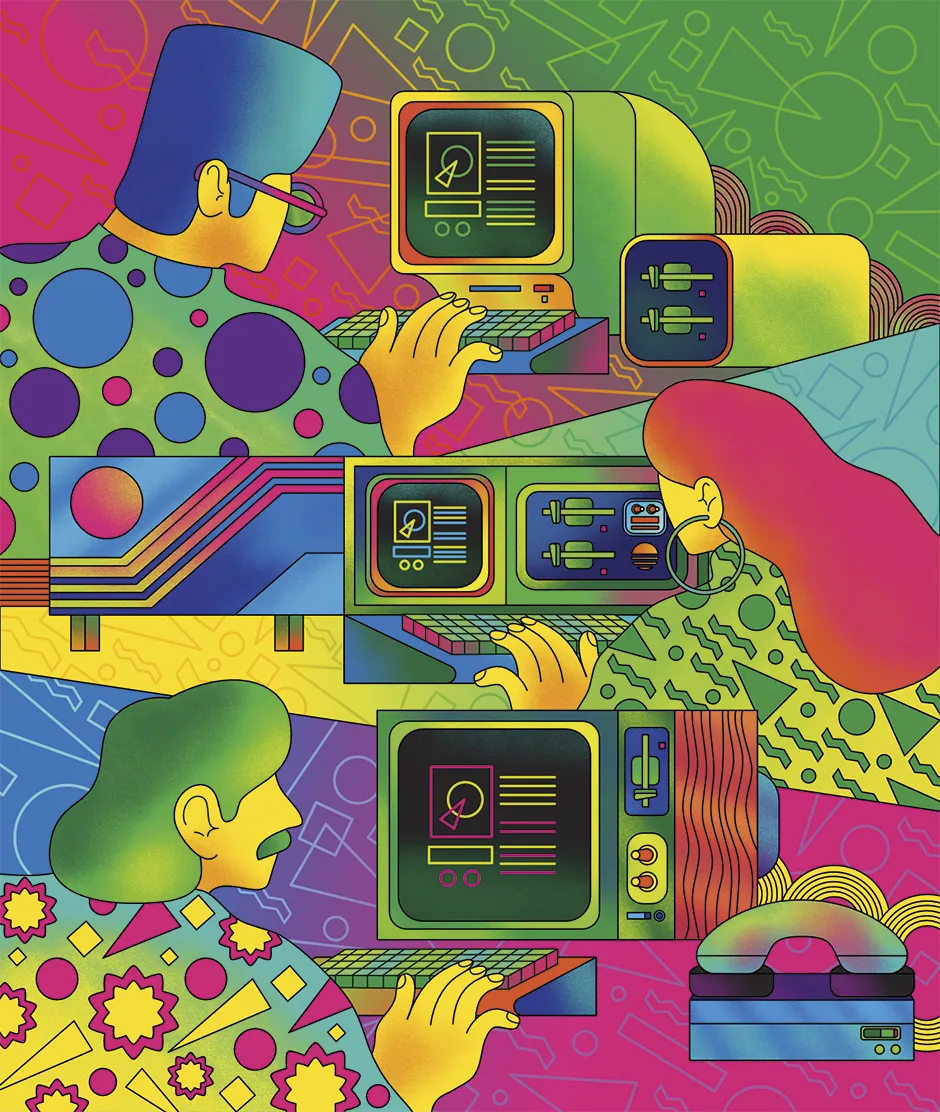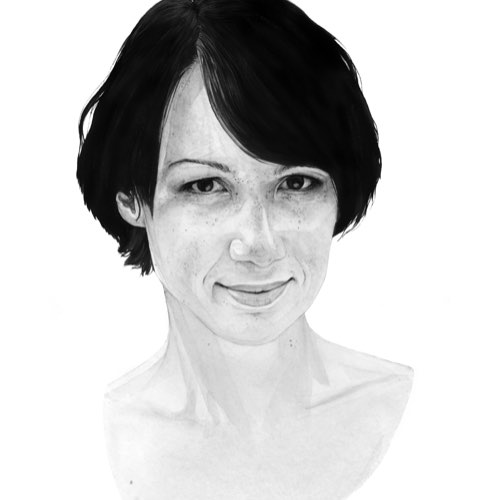On 25 May 1986, 6.5 million people joined hands over 6,638km (4,125 miles) from New York to Los Angeles to do an impossible thing. They were part of Hands Across America, a fundraising stunt to improve awareness about hunger and homelessness in the world’s richest country. I was there. We held hands for 15 minutes. It was thrilling.
Hands Across America was organised by a team of people who had their internal threshold of reality skewed by successfully carrying off previously impossible things. The team was USA for Africa, who, a year before, had raised $64m (about £45m) for famine relief with the charity single We Are The World. As Marty Rogol, the executive director of USA for Africa, explained to me, “we were probably a little full of ourselves in terms of what we could accomplish.”
And so, as a follow-up to the fastest-selling US single of all time (at the time), they orchestrated a human chain across the USA.
There were a few gaps in the middle and it raised far less than the organisers had hoped, but as I discovered recently, it was a surprising success.

To distribute the cash, Rogol hired Bob Greenstein, a poverty policy adviser to President Jimmy Carter. He helped distribute the proceeds, and gave guidelines for what grantees had to do with them – they were to be used for collaboration purposes only.
Nancy Berlin ran a homeless shelter in the Los Angeles area known as Skid Row that received a grant. She explained to me that these are the most unusual grants to receive: “If somebody says, ‘We’re going to give you this money because we want you to talk to each other and strategise about how to end poverty and hunger and homelessness.’ Well, then you go, ‘Wow, I know that’s important. And someone else is telling me that, too.’”
Read more from Aleks Krotoski:
- Find Satoshi: The 14-year game of hide and seek, finally solved by the internet
- Your brain is temporal soup: How past narratives trap our future thoughts
- How Discord groups are bringing back 'the good old days' of the internet
But the shelter didn’t just get money. The grant also gave Berlin a computer at a time when few people had them. She did the shelter’s book-keeping on it, which freed up time and helped her keep better track of expenses so she could prove to other funders that she and her colleagues knew what they were doing and that they were responsible. But there was even more.
On that computer was a Hands Across America-funded service called HandsNet, the first online community for hunger and homelessness groups. Berlin was HandsNet user number 16 and she was suddenly able to reach out to people, such as attorneys, who she didn’t know very well to establish a relationship and begin to form more of a connection. HandsNet still exists today (handsnet.org).
On the surface, Hands Across America appeared to be a spectacle. But behind the scenes were folks who knew which people needed to be at the table to tackle the complex issues of poverty and homelessness. Did it solve hunger? No. But for 15 minutes, we held hands across America, and the country was united.
- This article first appeared inissue 364ofBBC Science Focus Magazine–find out how to subscribe here
